Social Emotional Learning Teaching Resources
Are you on the hunt for social emotional learning activities, printable PDFs and more to bring SEL to life in your elementary lessons this school year? The list of academic benefits of SEL instruction is a mile long, and the Teach Starter teacher team has created a robust collection of social and emotional learning resources made with teachers – and your students — in mind.
We've made planning your social-emotional learning lessons simple with printable SEL worksheets and digital social and emotional activities designed specifically for the needs of elementary school students. Each resource in this collection has undergone rigorous review by the expert teachers on our team to make sure you'll be comfortable passing them out in the classroom or sending them home in a student's backpack.
Pardon us if we're sharing something you already know (feel free to skip right to the social emotional learning activities!), but if you're new to incorporating SEL into your classroom, you may need a quick refresher! Read on for a guide from our teacher team, including a handy definition of social emotional learning, and ways to implement the five core competencies of SEL.
What Is Social-Emotional Learning? A Simple Definition
The most common social-emotional learning — or social and emotional learning — definition describes SEL as "the process through which all young people and adults acquire and apply the knowledge, skills, and attitudes to develop healthy identities, manage emotions and achieve personal and collective goals, feel and show empathy for others, establish and maintain supportive relationships, and make responsible and caring decisions."
What Are the Social Emotional Learning Core Competencies?
We know are definition is a bit of a mouthful, but essentially social and emotional learning covers the following five core competencies:
- Self-Awareness
- Self-Management
- Social Awareness
- Relationship Skills
- Responsible Decision Making

Where Did Social and Emotional Learning Come From?
Teachers have been teaching many of the skills that now fall under the social and emotional learning curriculum for centuries. It's always been our goal to help shape little minds to be caring, productive, and engaged citizens.
But the roots of what we now consider SEL can be traced back to a project in the New Haven, Connecticut schools where school administrators worked with Yale researchers, parents, mental health workers, and teachers to refocus not just the school's academic programs but their social ones too. The project started in the 1960s at two schools considered "underperforming," and by the 1980s, these same schools had academic scores that were at the top of the nation's rankings.
From there, the K-12 New Haven Social Development program was born, establishing a framework for incorporating social and emotional learning into the curriculum. Meanwhile, the non-profit Collaborative for Academic, Social, and Emotional Learning (CASEL) was born in 1994, helping to really bring the term "social and emotional learning" into the zeitgeist.
CASEL was born out of the New Haven projects and helped shape the official definition of SEL listed above in 1997. It now works to expand SEL in schools around the country.
Why Is Social-Emotional Learning Important?
Not sure you have time to fit all of this in alongside the state standards that you're preparing students to meet? A solid social and emotional learning curriculum will help students with everything from managing emotions and developing coping skills to setting positive goals, engaging in positive relationships, and solving problems effectively.
The importance of SEL is hard to overstate, but here are a few core benefits:
- Promote mental health and well-being — Teaching social and emotional lessons in the classroom can help students develop the skills they need to manage their emotions, build positive relationships, and cope with stress and challenges. It's a small step toward better mental health for all.
- Improve academic performance — There's strong research showing that students who have strong social and emotional skills are more likely to be engaged in learning and perform better academically.
- Create a positive classroom culture — Teaching social and emotional lessons can help create the kind of classroom culture where students feel safe, respected, and supported — exactly what we all strive for!
- Prepare students for life after school — Social and emotional skills are essential for success beyond the classroom, be it at home in the immediate future or in college or the workforce. Teaching these skills helps students be better equipped to handle the challenges they will face.
- Address specific social and emotional needs — Teaching social and emotional lessons can help address students' specific needs, such as building self-esteem, managing emotions, and developing empathy for others. This can also help to create a more inclusive and equitable classroom where all students feel respected and valued. It's also good for your overall classroom management.

How to Teach Social and Emotional Lessons
There's little question that there's value in social and emotional learning, but how do you actually teach it? There's no simple answer here, as the exact methodology will differ based on grade level, individual student needs, and even your classroom dynamics!
That said, here are some strategies from our teacher team to keep in mind as you consider how you're incorporating the components of SEL in your instruction:
- Modeling — This is likely no surprise — we are our students' role models in the classroom for so much. Don't underestimate the value of your own active listening, displays of empathy and self-regulation, and other skills that are essential for your students' social and emotional development.
- Classroom Culture — Establishing a safe and supportive learning environment where students feel respected, valued, and empowered goes a long way. Fostering a sense of community, promoting positive communication, and encouraging collaboration and teamwork are all helping kids build their SEL quotient!
- Integration — Of course, you can (and should) have explicit instruction on SEL, but you can also incorporate SEL concepts into your core subject lessons. Discuss emotions related to a character in a book or working on group projects that require collaboration and communication. If you're teaching math, emphasize the importance of perseverance and problem-solving skills. Teaching social studies? Discuss empathy and the ability to understand different perspectives. It all comes together!
- Plus Plan
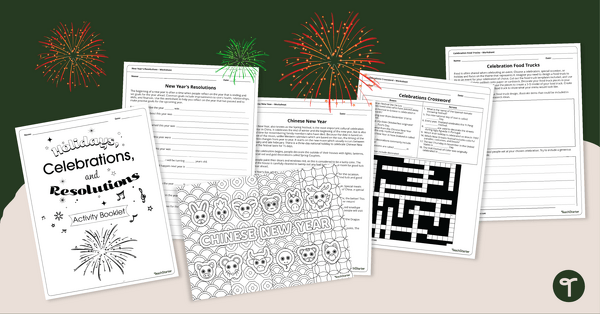
New Year's Resolution and Goal Setting Workbook - Upper Grades
Learn about celebrations and make New Year’s resolutions with this 15-page activity booklet.
- Plus Plan
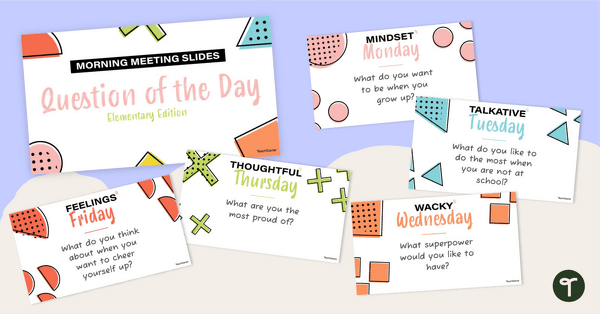
Morning Meeting Questions - 180-Day Slide Deck
Download 180 days of morning meeting questions to foster communication and positivity while building relationships in your classroom.
- Plus Plan

How to Be a Good Citizen - Sorting Center
Grow a new batch of good citizens with a citizenship sorting activity.
- Plus Plan

Mindful Breathing Exercises – Task Cards
Use these mindfulness breathing exercises to help students calm themselves down when they are feeling upset or anxious.
- Plus Plan
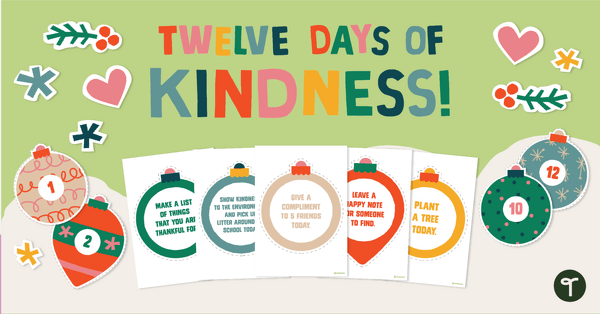
Twelve Days of Christmas Kindness – Christmas Bulletin Board
Spread holiday cheer with this random acts of kindness Chrismas bulletin board display.
- Free Plan
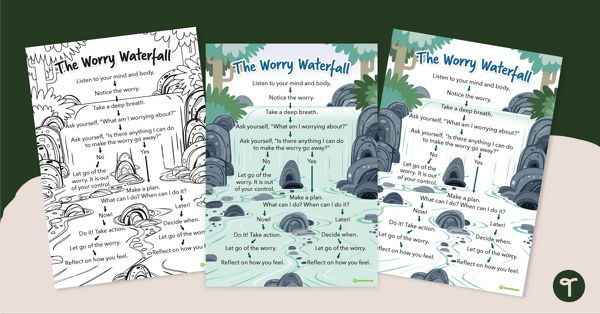
The Worry Waterfall – Anxiety Management Poster
Teach your students how to deal effectively with worrying thoughts with this classroom poster.
- Free Plan
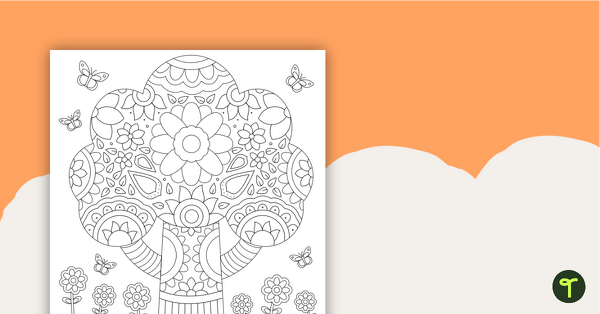
Mindful Coloring Sheet - Tree
A tree mindful coloring sheet.
- Free Plan
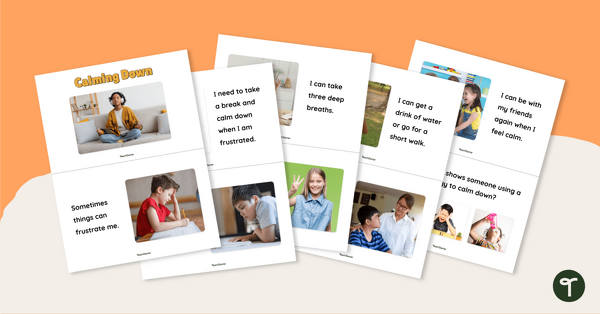
Calming Down Mini-Book
Help your students to keep calm when they are experiencing heightened emotions with this social story mini-book.
- Free Plan

Pattern Coloring - Flower
Use colors to create a pattern using this sheet.
- Free Plan
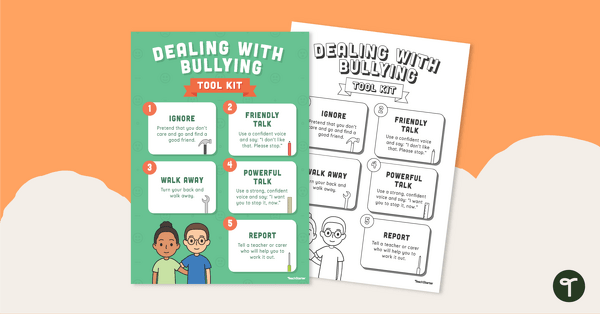
Dealing with Bullying Poster
Add this anti-bullying poster for the classroom to your bullying prevention toolkit and teach your students five resilience strategies to respond to bullying behavior.
- Plus Plan
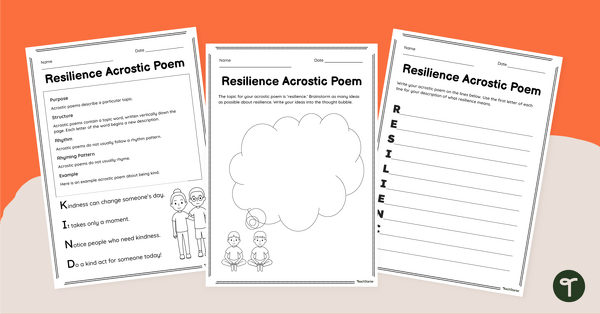
Resilience Acrostic Poem Worksheet
Have students write a resilience poem to help them understand the meaning of this crucial social-emotional skill.
- Plus Plan

Printable Gumball Machine Template - Goal Setting Activity
Encourage goal setting and creativity in your classroom with this fun, printable gumball machine template – a perfect craft for elementary school students.
- Free Plan
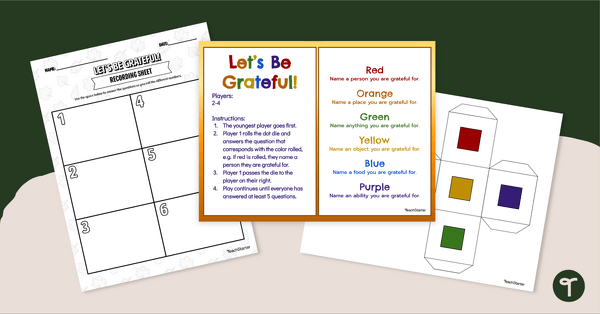
Let's Be Grateful! - Gratitude Game for Kids
Roll, write, and share what you're thankful for this year with a printable Thanksgiving Gratitude game for kids.
- Plus Plan
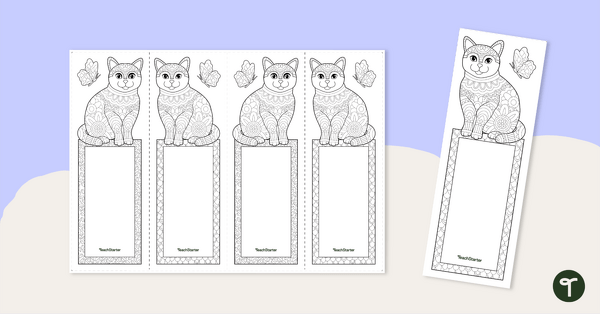
Printable Cat Bookmarks
Give students a chance to practice mindfulness and make reading even more enjoyable with their own unique printable cat bookmarks.
- Free Plan
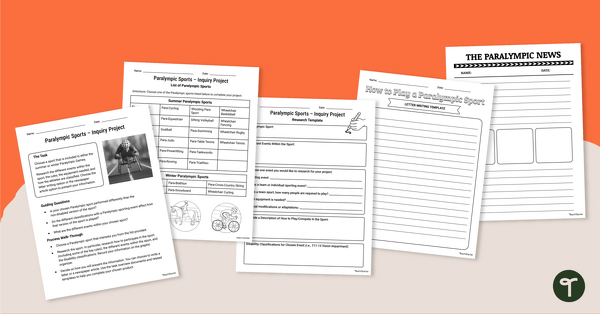
Paralympic Sports – Inquiry-Based Project
Have your students investigate the different types of Paralympic sports with this inquiry-based learning project.
- Free Plan
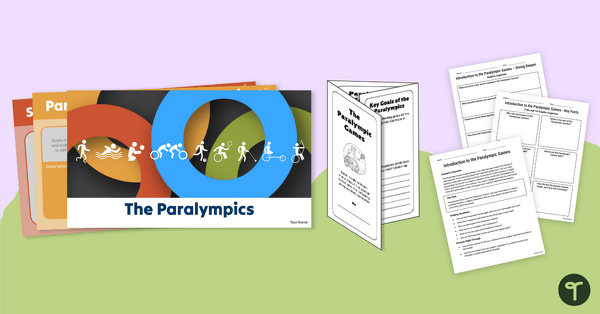
Introduction to the Paralympic Games – Inquiry-Based Project
Introduce your students to the key components of the Paralympic Games with this inquiry-based learning project.
- Plus Plan

Name 5 Things - Calming Strategy Task Cards
Use the ‘Name 5 Things’ Calming Strategy in your classroom to help students regain self-control with printable calming activity task cards.
- Plus Plan

Cooperation Puzzles - Team-Building Activity
Explore the benefits of cooperation with a tangram-style team-building activity.
- Free Plan
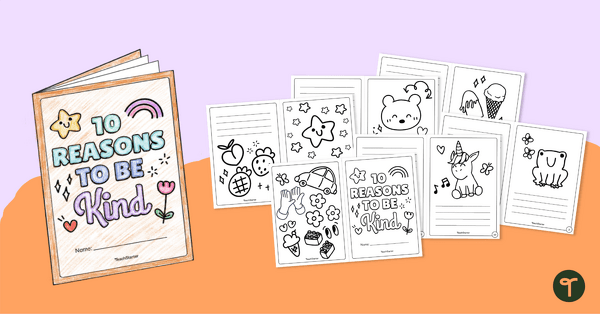
Kindness Mini-Book (10 Reasons to be Kind)
Explore all of the reasons to be kind with your students using this mini-book template.
- Free Plan

ABC's of Gratefulness - A to Z Gratitude List
Make a list of things to be grateful for with a printable A to Z gratitude list template.
- Plus Plan
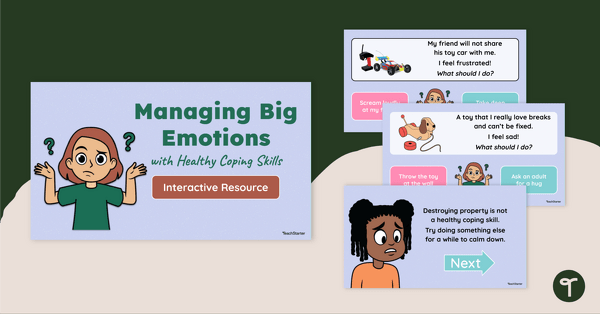
Managing Big Emotions – Interactive Activity
Teach students how to manage emotions using healthy coping skills with this interactive scenario game for the early years classroom.
- Free Plan
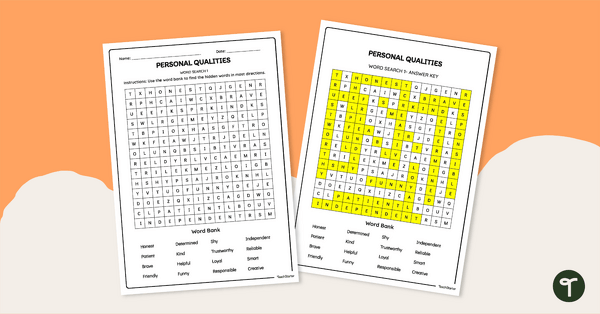
Personal Qualities Word Search
Explore different personal qualities with your students with this printable personal qualities word search.
- Plus Plan
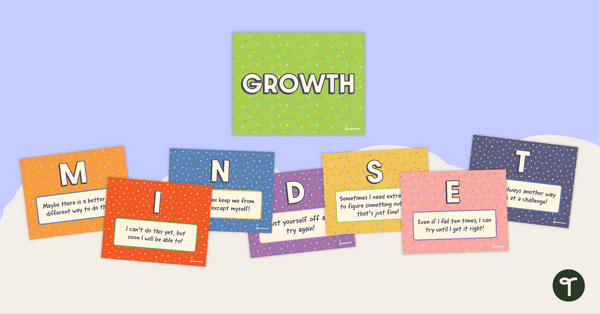
Growth Mindset Bulletin Board
Remind your students to have a growth mindset with this bulletin board display.
- Plus Plan

Think Sheet for Behavior – Lower Grades
Invite your primary students to reflect on their behavior choices with this behavior think sheet.
- Plus Plan
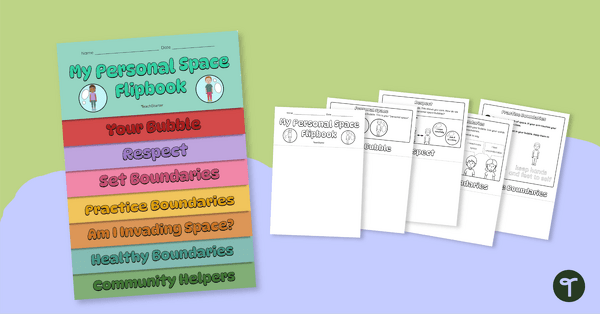
Personal Space Flipbook
Explore the concept of personal space and how it keeps us safe with this activity flipbook.
- Plus Plan
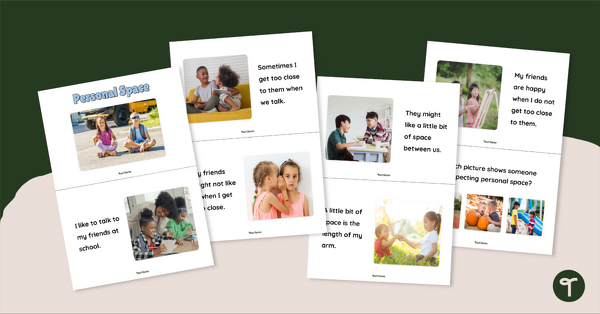
Social Stories - Personal Space
Learn about the importance of leaving personal space when interacting with others with this personal space social story.
- Plus Plan

Personal Space Posters
Learn about personal space with these space-themed classroom posters.
- Free Plan
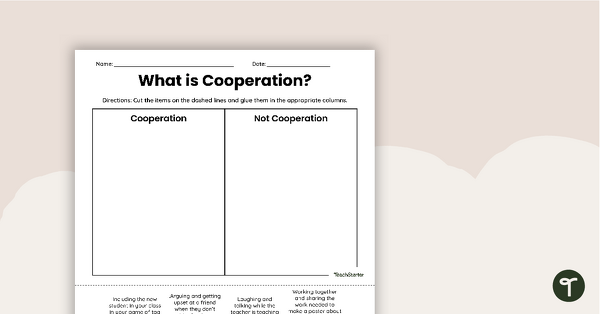
What is Cooperation? Cut and Paste Worksheet
Explore the difference between cooperative and non-cooperative behavior with this cut and paste worksheet.
- Plus Plan
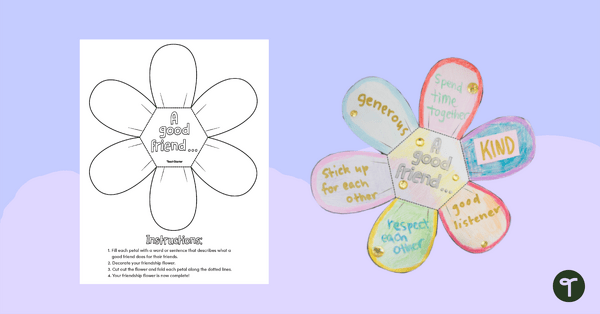
Friendship Flower Template
Reflect on how a good friend acts with this charming friendship writing exercise.
- Plus Plan
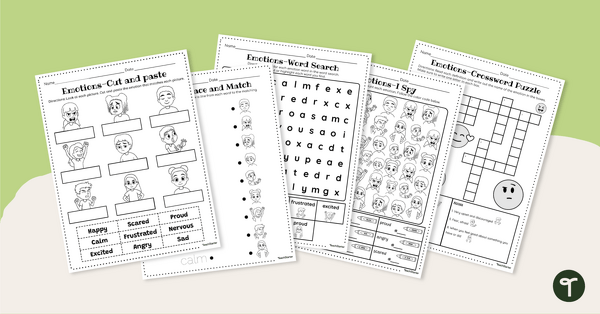
Emotions Worksheet Pack
Help students understand different emotions with this set of five emotions worksheets.
- Plus Plan
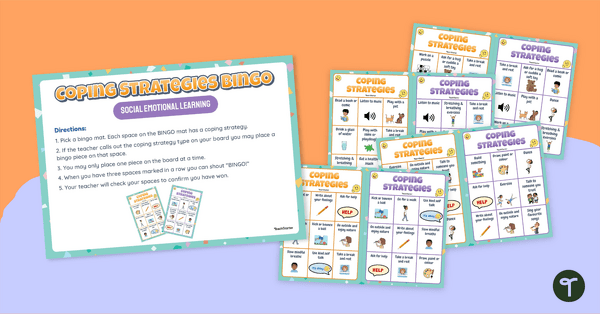
Bingo Game – Coping Skills for Kids
Review calming strategies and coping skills for kids with a game of Bingo!
- Plus Plan
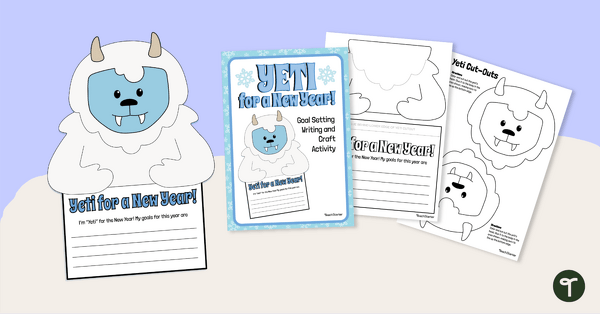
Yeti for a New Year! Goal Setting Craft Template
Get “Yeti” for a new year with a fun New Year Goal Setting Craft Template.
- Social Emotional Learning Templates
- Social Emotional Learning Posters
- Social Emotional Learning Worksheets
- Social Emotional Learning Games
- Social Emotional Learning Projects
- Social Emotional Learning for Pre-K
- Social Emotional Learning for Kindergarten
- Social Emotional Learning for 1st Grade
- Social Emotional Learning for 2nd Grade
- Social Emotional Learning for 3rd Grade
- Social Emotional Learning for 4th Grade
- Social Emotional Learning for 5th Grade
- Social Emotional Learning for 6th Grade